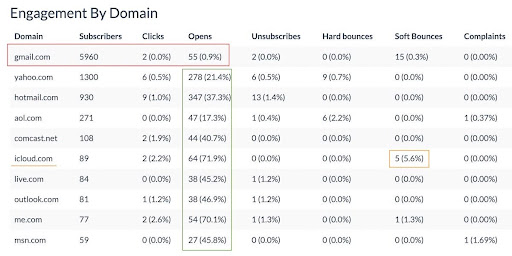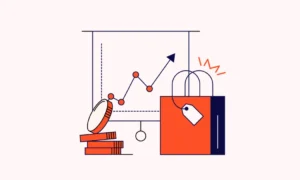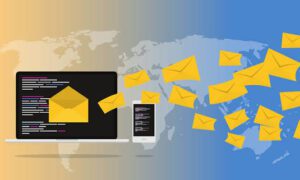Email deliverability has been a hot topic in the email marketing industry since Google and Yahoo announced their new email sending guidelines. The new guidelines went into effect in February of 2024 and introduced new email deliverability challenges for many marketers.
Most of the email deliverability articles seem to focus on the technical setup of an email sender, like DKIM, SPF, and DMARC records. And rightfully so, as the major requirement introduced in 2024 was the need to have a DKIM record, that was no longer optional. Before 2024, many senders would rely on a simple email address verification, rather than domain verification via DNS records, now required for anyone sending more than 5,000 emails per day.
The reality is that most experienced and high quality senders had a proper technical setup already, but deliverability is still a challenge for many. That’s because improving email deliverability in 2025 requires a more strategic approach and ongoing monitoring, rather than a single audit for a technical setup.
Here are the top email deliverability tips for email marketers, beyond initial sender setup:
- Maintain High List Quality. Go beyond validating your email list for invalid addresses. Use premium email verification providers like Kickbox to remove spam traps or toxic email addresses. Having spam traps on an email list can be an invisible issue to marketers, but can hurt email deliverability and sender reputation. Don’t forget to add email validation on all new sources of email collection, to ensure list quality on an ongoing basis.
- Use descriptive ALT Tags on All Images. If your email template relies on use of images, you must have descriptive text on all. Leaving ALT tags empty on all images in your email can be a single negative factor that will result in your emails going to the Spam/Junk folder, at least with some mailbox providers.
- User Shorter, Simpler, and Personalized Subject Lines. The less words you use in your subject line, the lesser the risk of a higher spam score. Write subject lines that sound like a natural language. If you use a title case on your subject line, your email presents itself as promotional (humans don’t write in title case), and is more likely to go to Gmail Promotions tab, even if it’s optimized in all other ways. Personalization is an ideal way to optimize your subject line for inboxing and engagement.
- Maintain High Engagement Rates. Many marketers are fixed in their opinion that sending more emails is better for bottom line results. This point of view can actually hurt in the long run. The goal should be optimizing for long term engagement by sending more to most active subscribers and sending less to those not recently active. Not sending email to inactive subscribers is actually one of the latest Yahoogle requirements.
- Monitor Engagement by Mailbox Provider. Choose an ESP that offers campaign engagement reporting by mailbox provider. Working with campaign averages is no longer sufficient, you need to know where your email deliverability problems are, before you can fix them. Gmail may require more personalization, Hotmail is sensitive to subject line content, Yahoo/AOL/Verizon want high click rates.

- Use Custom Tracking URLs
All ESPs use tracking URLs on a variety of domains, usually enabled by default. Some offer you an option to configure a custom tracking URL, which makes your links in the emails appear more authentic and trustworthy, in turn helping with inboxing. Setting up a custom tracking URL involves adding a DNS record for a sub-domain under your sender domain. Since it’s a technical task, it’s often overlooked by marketers.
Final Thoughts
Implementing all of these tactics may seem like a lot of work, but they simply have to become a part of your email marketing workflows. Email channel is worth investing into, as it carries no platform risk like social media.
Trust the experts, optimize your email deliverability and your email program will deliver exceptional ROI for your organization.




































